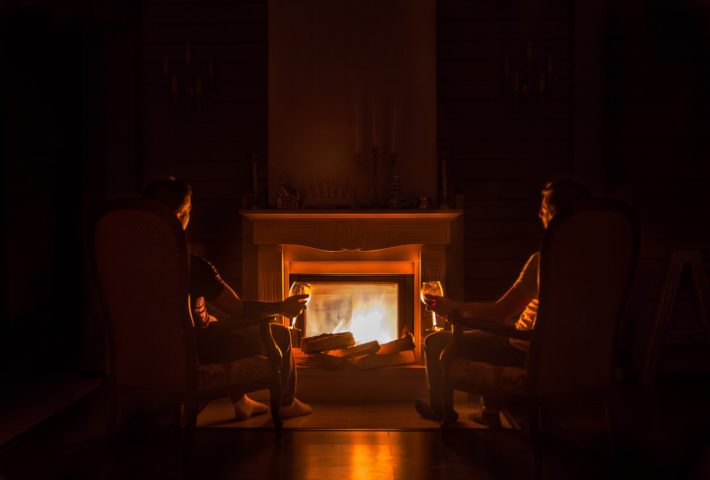
Wood-burning fireplaces: the risks, realities – and what every home buyer should know.
By Lisa Simkins, Superior Home Inspectors.
So, you’ve found the perfect home with a wood-burning fireplace in a central room – and you just love it. It’s a great feature and you want to put in an offer right away.
But as cozy and desirable as fireplaces are, the wood-burning varieties can come with a host of potential risks, as well as having important maintenance musts.
Here are two things every home buyer should know when arranging the purchase of a home with a wood burning fireplace:
1. An Inspection by a WETT-Certified fireplace inspector may be required
Many home insurance companies today will request an inspection of any wood-burning fireplace by a WETT-certified inspector. WETT stands for Wood Energy Technology Transfer. Read more about WETT here.
A good fireplace inspection includes an educational component plus recommendations for improvements, if the fireplace does not meet current standards. A typical home inspection, conducted as a condition of offer, does not necessarily include this.
A home and fireplace inspection by a WETT certified inspector will give the home owner:
✓ Cost savings: often it is less expensive to get the two inspections done during the same visit (Yes, Superior Home Inspectors can do that)
✓ A more in-depth inspection with a complete review of everything from clearances and hearth condition, to your dampers, chimney and smoke and carbon monoxide detectors
✓ A wood-burning fireplace report required by many home insurers, produced in a WETT-specified format
2. Regular maintenance and safety practices are essential
It’s wonderful to think about simply throwing a log on the fire and enjoying. Owners need to be aware of maintenance and be vigilant to stay safe and to mitigate risk of fire hazards. Here are three quick tips:
✓ Keep any combustibles, like furniture and rugs, at least 4 feet from the fireplace opening
✓ Close the fireplace damper when not in use (after fire is completely out and cold), especially in the winter, to prevent heat loss and drafts
✓ Schedule a regular chimney cleaning by a WETT-certified chimney sweep at the end of each heating season to remove creosote buildup and blockages such as birds’ nests or plant matter.
Fireplace questions?
Please contact: Lisa Simkins, Registered Home Inspector, WETT Certification # 10576 [email protected] 647-287-1962

